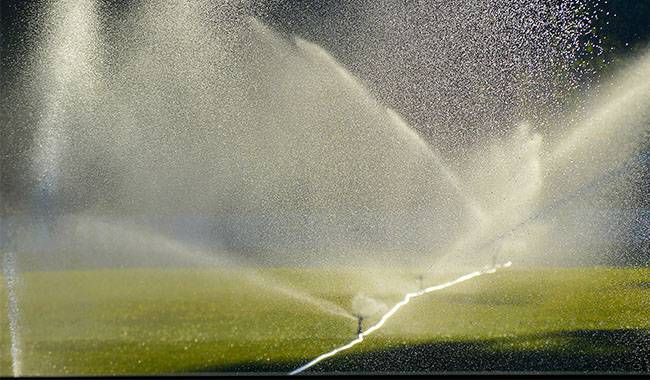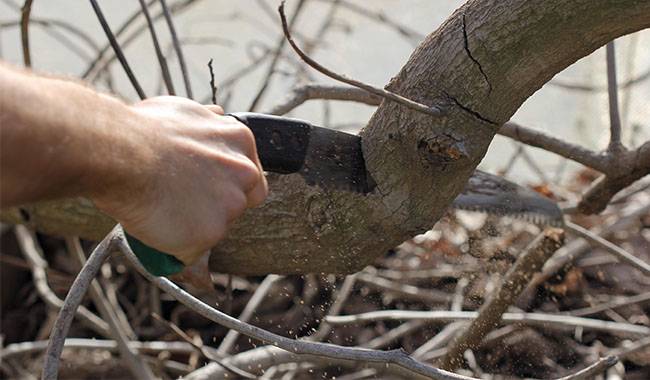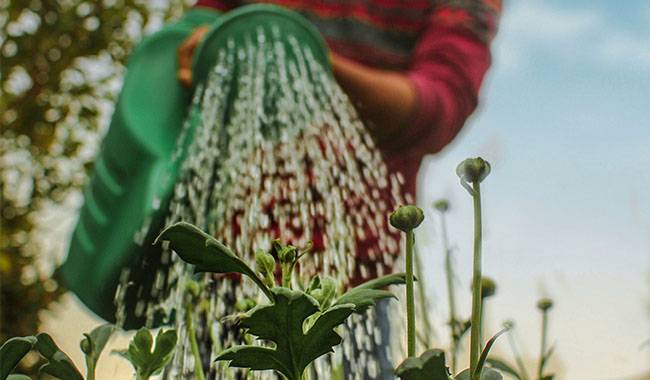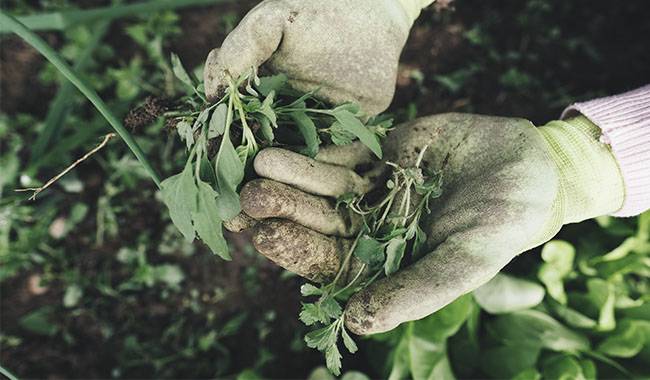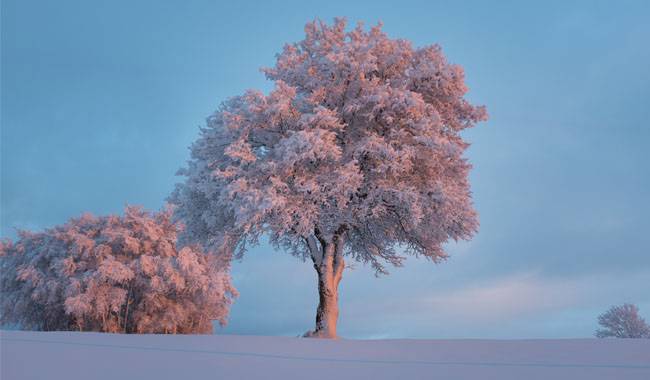
Much controversy has arisen regarding the compaction of snow on plots in general, and around fruit trees in particular. Some people believe that compacting snow around fruit trees is necessary and is even said to help them.
Others say that compacting snow around fruit trees will just cause a whole lot of problems as to whether or not to shovel the snow. Therefore, we decided to ask experienced gardeners and talk to farmers who have gardens of several hectares in order to provide you, our dear readers, with all the information received, and this is what we got.
WHY DO YOU TRAMPLE THE SNOW AROUND THE TREES?
The older generation, both before and now, trampled the snow layer around the fruit trees every winter. This tradition was established decades ago, when farmers began to engage in vegetable gardens, growing not only radishes and then potatoes, but also various fruit plants. Farmers “ran” their children and other family members around the garden, or went out themselves and walked around each fruit tree to draw as much snow as possible into the soil.
The logic behind this is farmers, and most modern gardeners, insist that the more densely “packed” the snow is, the better protection the roots get, and furthermore, that dense snow does not allow rodents, especially mice, to get close to the tasty bark, as they are said not to show themselves in the open, but to dig holes in the snow.
Moreover, by compacting the snow, the problem of providing water for plants in spring is solved, since it is known that the more compacted the snow is, the slower it melts. Accordingly, the soil under the fruit trees is moist for a longer period of time, and the soil, like drip irrigation, will gradually become enriched with water, while with the sharp snowmelt, most of the water will simply evaporate away.
Perhaps, this is the end of all the advantages of snow compaction around fruit trees. Now we turn to the camp of those gardeners and large estate owners and small farmers who totally or partially reject snow compaction in their orchards.
IS THIS REALLY THE CASE?
Physics suggests that the looser (not denser) the snow, the better it will keep you warm. After all, loose snow is an array of snowflakes with a lot of air accumulating between them, retaining heat in the soil.
Moreover, in the garden, and in any garden, abundant snow is always a good thing; it is simultaneously a blanket and a pillow. Snow prevents the soil layer from being compacted and keeps the lower part of the trunk, sometimes the first skeletal limb, from freezing during particularly harsh winters. Every gardener will tell you that the thicker the layer of snow, the shallower the depth of soil freezing.
A thick layer of loose snow, on top of everything else, raises the temperature of the soil layer and even accelerates the thaw and spring warming, which is important for fruit trees.
Experiments have proven that a 0.4inch (1cm) thick layer of snow raises the soil temperature by about half a degree. Although, the thicker the snow layer, the higher the protective response of the snow to the cold, and the higher the temperature of the soil surface will be. For example, if the air temperature is -22°F (-30°C) frost and the snow is 12inch (30cm) thick, then the surface will be severely weakened by about 5°F (-15°C) frost, but if there is a lot of snow, say twice as much, then the surface may have warmed significantly, i.e., the same -22°F (-30°C) frost on the ground with 23inch (60 cm) of snow can be only a few degrees of frost.
Most interestingly, if the snow reaches a height of 40inch (1 meter), the soil in the garden, contrary to all expectations of the proponents of snow compaction around the trees, will melt earlier, precisely because of the difference in temperature between the surface of the soil and above, creating a “frying pan” effect, whose effect is exerted by the soil. Of course, the snow will melt on top and under the influence of the sun’s rays, but the compacted snow will stay for a long time and the soil under it will freeze – everyone can check it in his/her garden.
In fact, rats can even move easily over open plots, driven by hunger, they can sometimes even overcome such distances. Those who think that snow can be compacted and thus form a kind of protective wall against rats are even more wrong. Think about it, rats chew wood, what is your compacted snow to them?
SUMMARY
So, if you want to keep the soil warm and protect the plants, then compacting snow is not necessary, and if you want to protect the garden by eliminating the “snow paths” of mice – then it is worth it.
If you want to preserve maximum moisture on the plot but at the same time delay soil warming for a few days or even a week, it is best to compact snow on the ground, especially on any species of apple trees, which wake up later than other trees and, thanks to the compacted snow, the soil is just getting filled with moisture and finally warmed by the sun.
For drupe crops with early opening buds, compacting the snow around these trees is harmful: first, they will awaken from the sun earlier than the soil warms under the compacted snow, and may start to trivially dry out when the above-ground parts have started to grow and develop, but the roots are still “sleeping” in the cold soil under the compacted snow.
The second reason for undesirable snow cover around drupe crops refers to hairy cherry and apricot trees, for which there is definitely too much water around the roots (because what you step out with your feet is like a pit where the melting water flows), which is also dangerous and can lead to root uprooting.
My personal opinion – it is possible to compact snow in apple orchards with sandy soil to collect more water and protect the plants from rodents, but only if you live in central and more southern areas where winters are not very cold.
Please write in the comments, what do you think about trampling snow around fruit trees or the need to shovel it?




